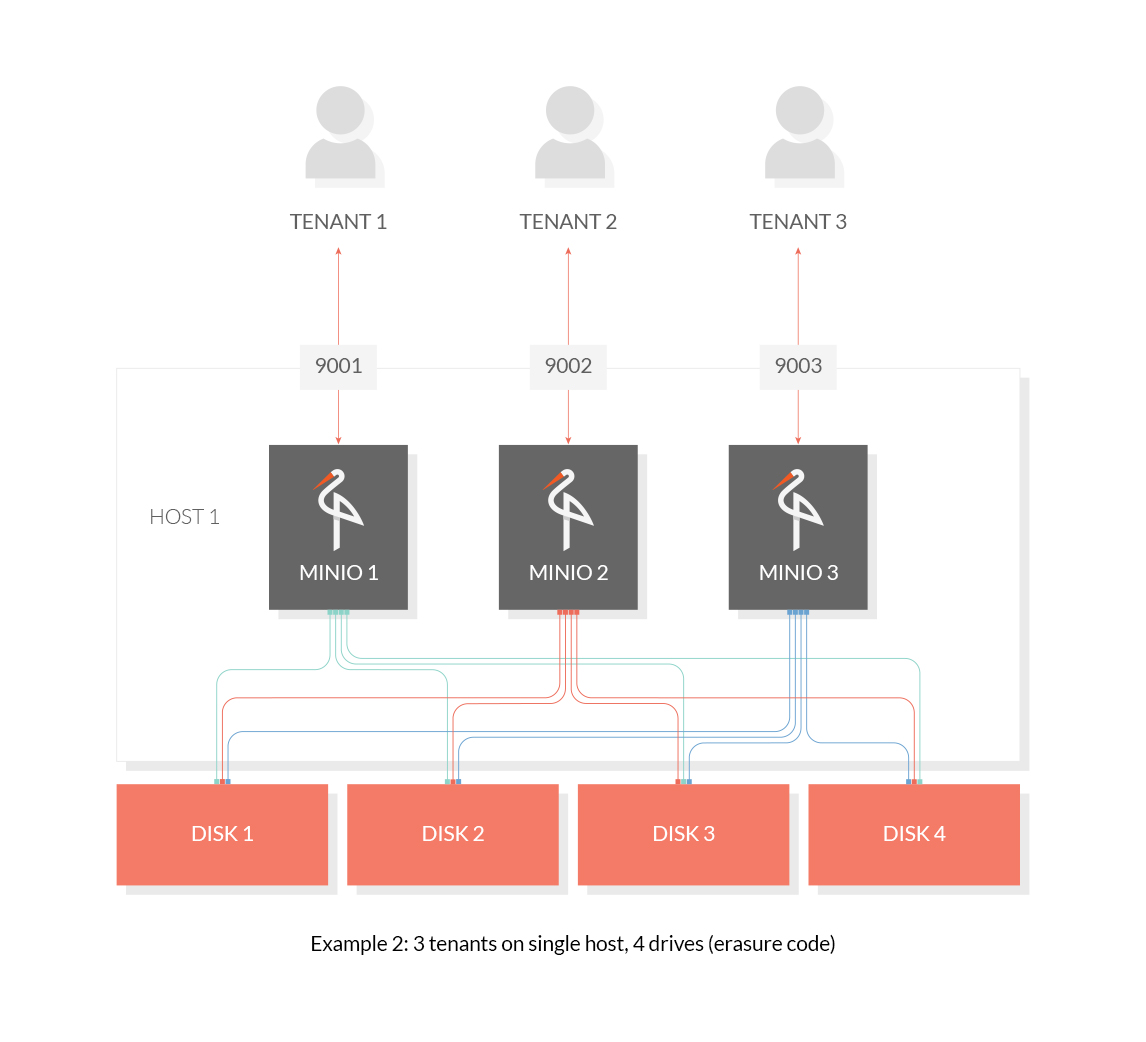- Sort Score
- Result 10 results
- Languages All
Results 1 - 6 of 6 for segera (0.16 sec)
-
architecture/README.md
Be aware these are very technical descriptions of the decisions, and you might find the documentation below more useful as an introduction to the internals of Gradle. ## Platform architecture Gradle is arranged into several coarse-grained components called "platforms". Each platform provides support for some kind of automation, such as building JVM software or building Gradle plugins. Most platforms typically build on the features of other platforms.
Plain Text - Registered: Wed May 08 11:36:15 GMT 2024 - Last Modified: Thu May 02 06:42:46 GMT 2024 - 2.4K bytes - Viewed (0) -
cni/README.md
Plain Text - Registered: Wed May 08 22:53:08 GMT 2024 - Last Modified: Fri May 03 19:29:42 GMT 2024 - 12.3K bytes - Viewed (0) -
internal/grid/README.md
and other connections will be blocked while the large payload is being sent. ## Handlers & Routes Handlers have a predefined Handler ID. In addition, there can be several *static* subroutes used to differentiate between different handlers of the same ID. A subroute on a client must match a subroute on the server. So routes cannot be used for dynamic routing, unlike HTTP.
Plain Text - Registered: Sun May 05 19:28:20 GMT 2024 - Last Modified: Thu Jan 18 07:03:17 GMT 2024 - 9.4K bytes - Viewed (0) -
docs/sts/README.md
- Temporary credentials are short-term, as the name implies. They can be configured to last for anywhere from a few minutes to several hours. After the credentials expire, MinIO no longer recognizes them or allows any kind of access from API requests made with them.
Plain Text - Registered: Sun May 05 19:28:20 GMT 2024 - Last Modified: Tue Oct 25 00:44:15 GMT 2022 - 7.8K bytes - Viewed (1) -
docs/multi-tenancy/README.md
```  ## 2. Distributed Deployment To host multiple tenants in a distributed environment, run several distributed MinIO Server instances concurrently. ### 2.1 Host Multiple Tenants on Multiple Drives (Erasure Code) Use the following commands to host 3 tenants on a 4-node distributed configuration: ```sh
Plain Text - Registered: Sun May 05 19:28:20 GMT 2024 - Last Modified: Thu Sep 29 04:28:45 GMT 2022 - 3K bytes - Viewed (0) -
docs/distributed/README.md
MinIO in distributed mode lets you pool multiple drives (even on different machines) into a single object storage server. As drives are distributed across several nodes, distributed MinIO can withstand multiple node failures and yet ensure full data protection. ## Why distributed MinIO?
Plain Text - Registered: Sun May 05 19:28:20 GMT 2024 - Last Modified: Thu Jan 18 07:03:17 GMT 2024 - 8.8K bytes - Viewed (0)